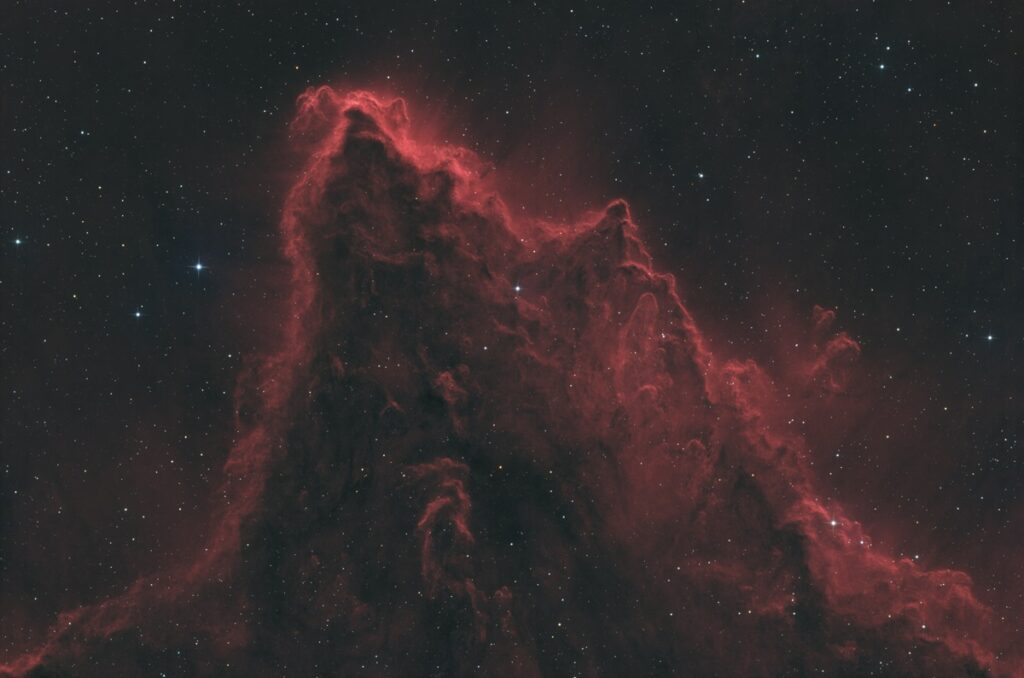
The annual David Malin Awards celebrated the beauty of the cosmos through stunning astrophotography, showcasing the intricate details of planets, stars, and galaxies. Hosted by the Central West Astronomical Society at the CSIRO’s Parkes Observatory Visitors Centre, this international competition attracted photographers from around the globe, eager to share their celestial visions.
Renowned astrophotographer Alex Cherney, a judge for the awards, emphasized the search for images that evoke a sense of wonder. He stated, “Technical perfection alone doesn’t make an image stand out. The best astrophotographs aren’t just documentation—they reveal the cosmos in ways that inspire and educate.” The competition featured six award categories, each designed to highlight unique techniques and storytelling opportunities related to our night sky.
Categories Celebrate Imagination and Skill
The awards are named in honor of astrophotographer David Malin, whose philosophy merged scientific accuracy with artistic expression. Cherney elaborated on this vision, saying, “Whether it’s in the way the Milky Way frames the landscape, the delicate colors in an emission nebula, intricate dust structures, or the perfect moment capturing a meteor or comet.”
One standout category, Nightscapes, merges terrestrial and celestial imagery, creating a dialogue between our planet and the vast universe. This year, Janice Terrill earned high commendations for her captivating piece that juxtaposes a stormy mangrove lake with the comet Atlas. The dramatic tension in her image invites viewers to ponder whether the comet or lightning is the more striking subject.
The Junior category offers young photographers under 18 years old a chance to explore their passion for astrophotography. Cherney noted that the judges valued images that evoke emotion or offer new perspectives of the universe, highlighting the work of Charlie Marzolla, whose winning photograph of the Eagle Nebula encapsulated these qualities. “David taught us that aesthetic qualities come first, followed by presentation, technical competence, and relative difficulty,” Cherney remarked.
Widefield Images Capture Cosmic Events
The Widefield category, which generally features images captured with professional cameras that have expansive fields of view, allows photographers to depict vast regions of space rather than individual celestial objects. Rod Prazeres submitted an impressive piece titled “Vela SNR,” showcasing a segment of the supernova remnant formed from the explosion of the supermassive star Vela approximately 11,000 years ago.
As urbanization continues to increase and light pollution obscures our view of the night sky, competitions like the David Malin Awards play a crucial role in reminding us of the universe’s beauty. They encourage both seasoned and novice photographers to venture outside, look up, and capture the awe-inspiring wonders above us. Through these awards, the artistry and scientific integrity of astrophotography continue to inspire a global audience, fostering a deeper appreciation for the cosmos.







